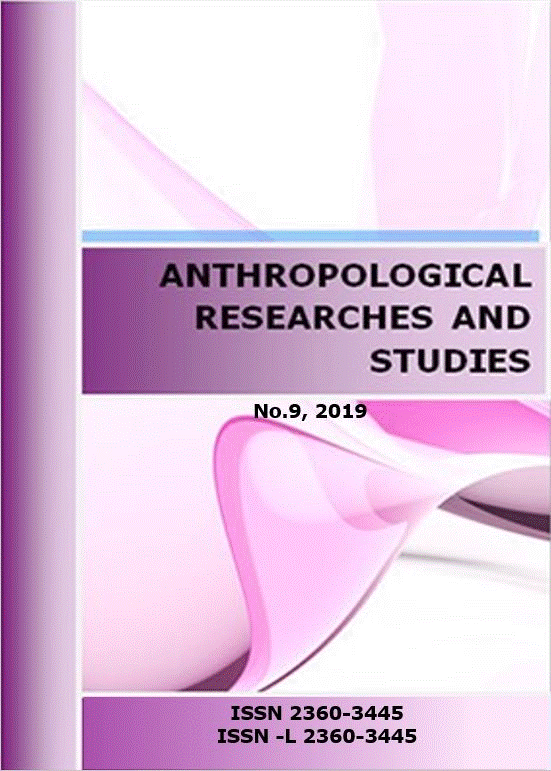Age variation of cephalic index according to cross-sectional studies of schoolchildren
Age variation of cephalic index according to cross-sectional studies of schoolchildren
Author(s): Tatyana Hurbo, Inessa SalivonSubject(s): Anthropology, Social Sciences
Published by: Institutul de Antropologie ,,Francisc I. Rainer” al Academiei Române
Keywords: head length and breadth; cephalic index; transverse and longitudinal studies; age variability
Summary/Abstract: Objective. The objective of the study is to reveal the age-related variability of the cephalic index in schoolchildren according to the cross-sectional and longitudinal studies. Material and methods. The basis for the study was data on the head shape of schoolchildren from town of Miory, Vitebsk Region, aged 6-17 (transverse study in 2002-2003, 1194 children) and schoolchildren from Minsk, aged 7-17 (longitudinal study of the 1980th, 254 children, 1223 measurements). Two craniofacial measurements were taken: head length (g-op), head breadth (eu-eu), the cephalic index was calculated. Results. The leading morphotype for the two studied groups is brachycephalic. In Miory, the frequency of occurrence of the mesocephalic head shape is higher (p < 0.05) and the frequency of the hyperbrachycephalic and ultrabrachycephalic shape is lower compared to Minsk. From 7 to 17 years, in Miory both in boys and the girls, the average values of the cephalic index increased by 1.6 units, in Minsk – decreased by 0 4-0.8. The age variability of head sizes is due to the different growth rates of the head length and breadth and regional features of this process. According to a longitudinal study, in 23% the head shape type between the ages of 6-7 differed from the shape between the ages of 16-17 years, usually (19.2%) it was a transition from higher values to lower values (from brachymorphic to mesomorphic shape, etc.). Conclusions. Changes in the head shape during the growth period should be taken into account when analyzing the variability of the cephalic index.
Journal: Anthropological Researches and Studies
- Issue Year: 2019
- Issue No: 9
- Page Range: 142-152
- Page Count: 11
- Language: Danish

